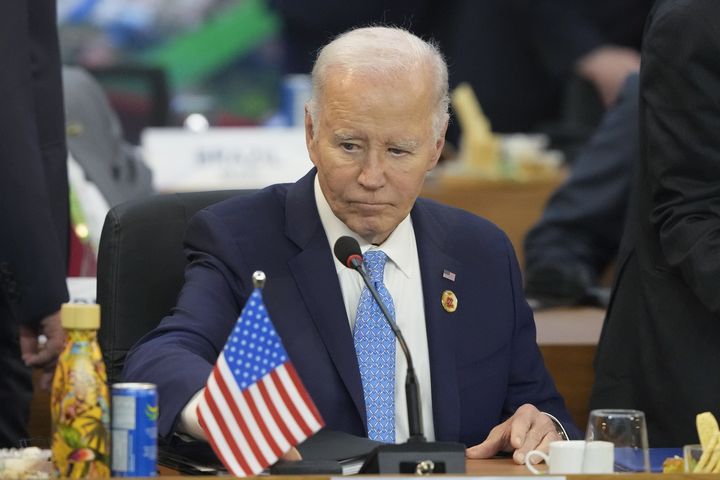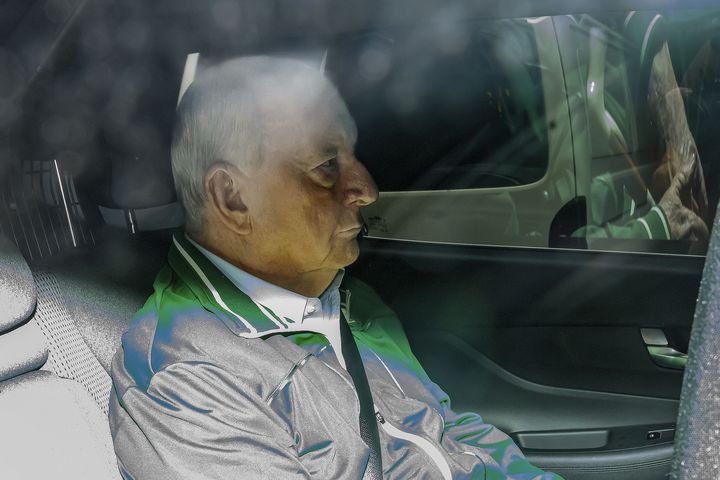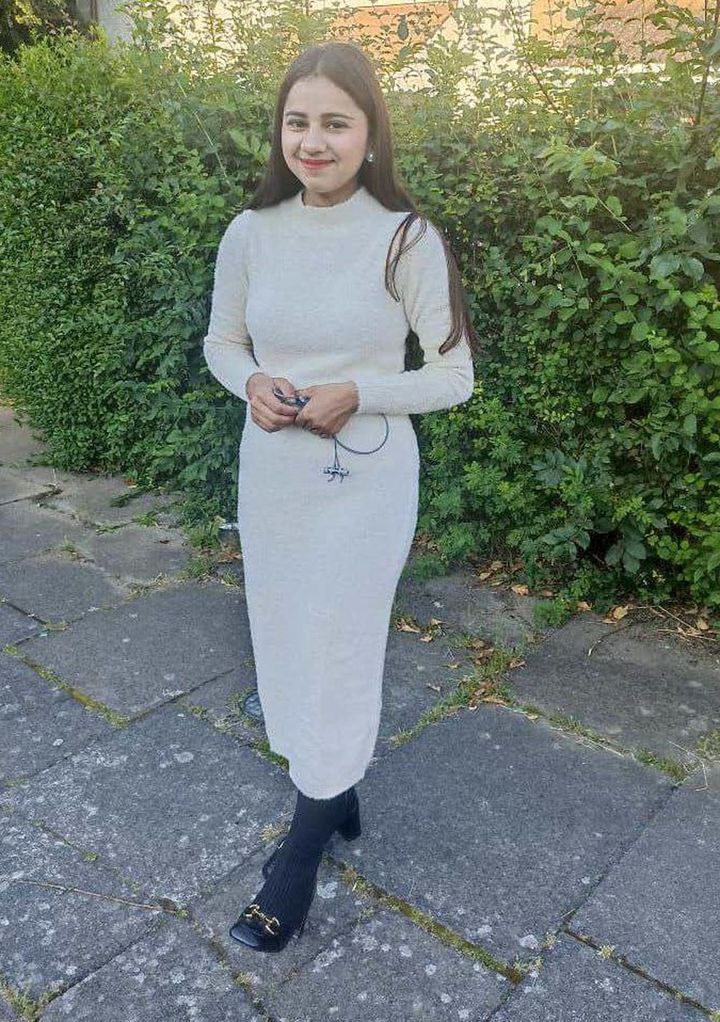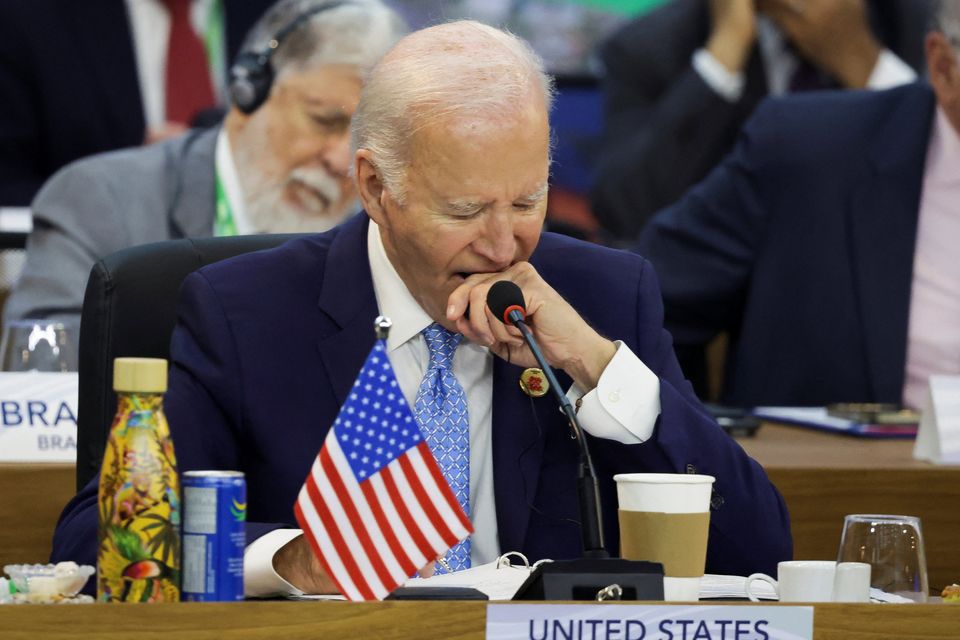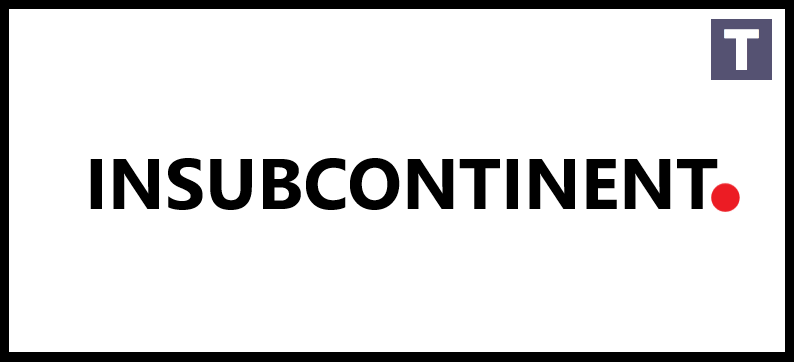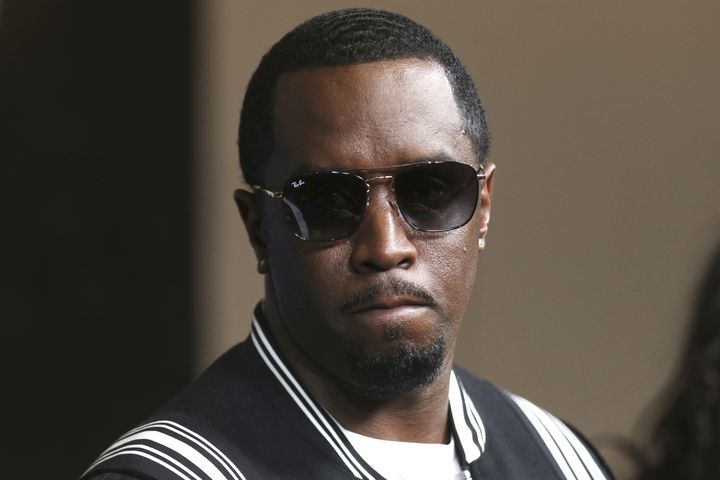Music
Trailers
DailyVideos
India
Pakistan
Afghanistan
Bangladesh
Srilanka
Nepal
Thailand
StockMarket
Business
Technology
Startup
Trending Videos
Coupons
Football
Search
Download App in Playstore
Download App
Best Collections
Technology
While knowledge workers are handling increasingly difficult tasks — ones that may be much easier to handle with just a Python script —Alex Yaseen thinks that in the future not everyone will actually need to learn how to code.
Instead, he hopes that tools like the one hebuilding, called Parabola, will bridge that gap between the complex technical problems and otherwise nontechnical employees. Instead of running through massive excel spreadsheets, Parabola is designed to make it easier for employees that might not be highly technical to piece together the kinds of processes that will help automate mundane tasks that run through each action. The company said it has raised a new $2.2 million financing round led by Matrix Partners.
&The logical version of the future doesn&t look like everyone coding by running Python or whatever language,& Yaseen said. &Ita very valid opinion, but we talked a lot with various investors about that perspective of the future where all knowledge workers have to increasingly be more productive to compete. We thought about how we could bridge that gap by giving nontechnical people these tools to work like an engineering without being an engineer.&
At its core, Parabola is a more visually-oriented way of designing a workflow where users can piece together a complex work problem in a kind of flowchart, piece by piece. These are all functions that you might find built into Excel or other spreadsheet tools, like Google Sheets, but Parabola is a tool that is designed to make it easier to automate all those updates into new fields, as well as make the model pretty flexible and easy to manipulate.
Parabola is designed to take those account executives or salespeople that run through hundred-plus step processes in order to do their jobs through dozens of excel tabs. Users can figure out how to describe those steps in Parabola and then begin executing them without having to constantly tweak formulas and ensure that everything is operating properly. At the same time, Parabola is designed to ensure that the whole experience feels like a spreadsheet, where making small changes causes the whole data set to update — something that nontechnical users actually gravitate toward, Yaseen said.
&The reason people love using spreadsheets even though they&re not the right tool for most of these experiences, is that they can make a change and see things immediately,& Yaseen said. &Nontechnical people don&t adapt to [an engineering] mindset, they value the process of making a change and everything updating. Thatone of our hypotheses, and other tools don&t give you those options, and therefore are not really geared to a true nontechnical user.&
Still, the whole idea of trying to simplify programming down to something thatmore palatable for a nontechnical user is both a significant challenge and a very crowded market. There are many approaches to the problem, though Yaseen says they target different niches or use cases, like Airtable or Zapier — many of which have raised large sums of money. But some companies have different demands and users may gravitate toward different options, so those aren&t the direct competition. Instead, the competition is larger firms hiring engineers to handle all these processes in the back-end, as well as users just sitting in Excel all day.
- Details
- Category: Technology
Read more: Parabola raises $2.2 million to simplify programming for employees stuck in Excel all day
Write comment (98 Comments)Everence co-founder Patrick Duffy knows you might be skeptical about the companytechnology, which takes a DNA sample and using it to synthesize a substance that can be added into tattoo ink.
In other words, you can have the DNA (and soon hair or cremated ash) from a loved one included in a tattoo on your body.
&Therea definite ick factor [at first],& Duffy admitted, while others might find it &gimmicky& or think &itsnake oil, itfake,& if they don&t take the time to learn more.
But Duffy said the idea behind Everence is to &give people a way to stay connected emotionally in a way that was permanent.&
&It all comes down to emotional connections, intangible links to the things that make us or break us,& he said.
Take Duffyco-founder Boyd Renner, who said he served 28 years in the Navy, but was ultimately most inspired by his wife, who has cystic fibrosis: &She does an hour and ahalf of treatments in the morning, but she still runs half marathons.& So Renner got an &everence& that incorporates his wifeDNA into a tattoo design that combines elements of lungs, trees and roses.
Or take Johnny Walker, a New York City police officer and 9/11 first responder who has been diagnosed with stage 4 colon cancer. Walker said that he used Everence technology to incorporate DNA from his family into tattoos, so that they could be with him as he undergoes chemotherapy.
&And if this life was going to take me somewhere else, I didn&t want to go there and be alone,& Walker said. &I wanted to have my family with me.&
As for the technology, Duffy noted that Everence is being advised by medical and scientific experts, including Bruce Klitzman, associate professor of surgery at Duke University, and Edith Mathiowitz. professor medical science and engineering at Brown University. He also said that while the FDA doesn&t systematically regulate tattoo ink, &We went ahead and proactively submitted to them.&
Synthesizing the DNA-based material was the &highest bar& technologically, Duffy said, as well as &the one we could build the strongest intellectual property protection bar around.&
As for using ash or hair, he said it¬hing new& to add ash to a tattoo, but many tattoo artists are understandably hesitant to do it. Duffy is hoping to address their concerns both technologically (by purifying the ash and reducing it to a uniform particle size) and economically (by offering insurance case there are any issues). Healso recruited a group of tattoo artists who can advocate for the product.
&It can be applied by any tattooer in the world, added in with any existing ink with no special equipment, training or materials,& he said. &It lasts forever.&
Everencesynthesized DNA substance is currently available for preorder at a price of $245.
- Details
- Category: Technology
Read more: Everence transforms hair, ash and DNA into material for tattoos
Write comment (95 Comments)Amuse, the Swedish startup that offers a free distribution service for artists wanting to get their music on Spotify, Apple Music et al., coupled with what itcalling a &next generation& record label, has raised $15.5 million in Series A funding. The round is led by Lakestar, and Raine Ventures, and will be used to expand the company operations globally, including building out a bigger presence in the U.S.
Founded in Stockholm in 2015 by a team of music industry experts including Diego Farias, Christian Wilsson, Jimmy Brodd, Andreas Ahlenius, and Guy Parry — and later joined by music artist and entrepreneur will.i.am — Amuse is aiming to create a new way for musicians to distribute their music globally and, crucially, to be discovered.
As co-founder and CEO Farias explained in a call, it does this via a free music distribution service that makes it easy and cost-free for new and unsigned artists to get their music into all of the major music services like Apple Music, Spotify, and Deezer etc., and in a way that means they keep 100 percent of the royalties. Similar services typically either charge an annual fee or take a cut of any revenue generated or both.
Amuse also provides a dashboard displaying and helping to make sense of data relating to how well your tracks are performing on the streaming apps and download stores you have chosen to distribute on. And its this data — or, rather, the value of it — that underpins the startups unique business model: come for the free distribution, stay for the record deal.
Namely, Amuse uses the data that it has access to via users of its music distribution service to analyze music consumption and listening habits to identify &rising talent&. The company then offers to sign the most promising artists to its own re-imagined record label through a licensing deal whereby they still own their work, rather than a traditional recoding contract. This consists of a 50/50 split of streaming and download revenue and means artists have access to what Amuse claims is large-scale promotion.
Throughout our conversation Farias was very keen to stress that he sees this as a partnership of equals, where the interests of scaling up the success and reach of an artist signed by Amuse are equally aligned. The type of value-add that the Amuse team will bring will vary depending on artist and what they need most, but will include things like public relations, marketing, branding, and having a more direct line to the online distributors it partners with. Farias didn&t rule out more traditional A-R services either, such as help with recording or preparing an artist for follow-up releases.
Meanwhile, I&m told Amuseboard of directors includes Edgar Berger, former Chairman and CEO of Sony Music International, and Jörg Mohaupt, former Warner Music Group board member. Gordon Rubenstein, Managing Partner, Raine Ventures, is also joining as a board observer.
Dharmash Mistry, General Partner at Lakestar, says that the Amuse team have &reimagined every step of the A-R process from inverting the commercial model to be artist-friendly and discovering new musicians to changing how individual songs are marketed&. He is also talking up Amuseearly success in Sweden — I understand the startup has already signed licensing deals with 40 or more artists — and says the investment will help the company roll out the model across the U.S. and Europe. To that end, Farias tells me Amuse is opening an office in L.A.
- Details
- Category: Technology
Read more: Amuse scores $15.5M for its free music distribution service and ‘next gen’ record label
Write comment (90 Comments)Quit Genius, the YC-backed app that helps users quit smoking, has today announced the close of an additional $1.1 million, bringing their seed round to a cool $2 million. Village Global VC, Pioneer Fund, Arab Angel VC, Max Mullen of Instacart, Olivia Teich of Dropbox, Paul Rosania of Slack, Ariel Polar of Strava, Eric Reis, David Langley of Zesty, Juha Paananen of NonStop Games, and Junaid Bajwa of Merck - Co participated in the round, among others.
Quit Genius was built by doctors — Yusuf Sherwani (cofounder and CEO), Maroof Ahmed (cofounder and COO), and Sarim Siddiqui (cofounder and Head of Product) — who met on the first day of medical school. They saw the terrible effects of smoking on patients& health but didn&t see doctors giving those patients a clear path to quit smoking.
So the team started building out Quit Genius, which uses Cognitive Behavioral Therapy to change a userbehavior.
&CBT breaks down situations into three areas: your thoughts, your feelings and your behaviors,& Ahmed told TechCrunch in February. &What you think and feel can affect how you behave. CBT focuses on replacing any negative thoughts and feelings you may have that trigger you to smoke, with healthier and more positive thoughts that will help you to quit smoking.&
Quit Genius uses CBT to take smokers through stages of quitting, using a number of different types of content, from audio sessions to animated videos to interactive exercises to help people think differently about destructive addictions.
Since launch, the company has introduced new ‘packs& for other addictive behaviors such as drinking alcohol. Packs aren&t quite as comprehensive as the Quit Genius program around quitting smoking, but they do offer troves of additional content around other addictions.
The company already has packs for alcohol, stress, motivation, and health, giving users extra content around the issue they&re dealing with most. Alcohol felt natural, according to Ahmed, because alcohol is such a trigger for many smokers, and one of the issues they dealt with most in their quest to quit.
Soon, Quit Genius has plans to launch packs around pregnancy (for women who are smoking when they become pregnant and want to quit), weight management, social pressure to smoke, and self esteem.
Since launch Quit Genius has grown to 300,000 registered users, with over 20,000 people officially smoke-free in the app (which Quit Genius defines as having not smoked for over 28 days). The companyinternal goal is to get to 100,000 smoke-free users by the end of the year, and will track their progress publicly on the website.
While consumers are the primary focus of the company, there is also a growing opportunity for Quit Genius to start working with big-name employers around well-being and health. Healthy employees save the company money and are more productive, and Quit Genius thinks it can not only help employees get healthier but give employers a way to track that progress. In fact, Quit Genius has already signed on a tech giant as a customer, but wouldn&t disclose which one.
Given that the company was founded by doctors, it comes as no surprise that the Quit Genius team is participating in scientific research papers around their process. One paper, published by JMIR mHealth, found that Quit Genius outperformed the NHS Smoke-free app. An upcoming paper, which will be published in the next few weeks, found that Quit Genius yielded a 36 percent quit rate among participants, with a 59.6 percent reduction in cigarettes among participants.
- Details
- Category: Technology
Read more: Quit Genius, helping smokers quit, picks up an extra $1.1 million in seed
Write comment (90 Comments)If you&ve ever worked in an office building, chances are somebody issued you a keycard or NFC-enabled badge to open the doors to the building. Those cards and badges do their job, but they can be both cumbersome and prone to problems. OpenPath wants to do away with all of these issues and add a new level of convenience to this whole process by replacing these access cards with the phone you already have.
Until today, OpenPath, which currently has about 20 employees, remained in stealth mode since it was founded by Edgecast co-founders Alex Kazerani (CEO)and James Segil (President), together with a number of other former Edgecast execs. The founders are putting their own money into this startup and are leading a $7 million seed round. A number of institutional investors also participated in this round, though, includingUpfront Ventures, Sorenson Ventures, Bonfire Ventures, Pritzker Group Venture Capital and Fika Ventures.

Over the course of the last few years, the team developed — and patented — both the hardware and software for allowing employees to securely open doors and for security teams to manage their access. Instead of NFC, the companyso-called SurePath Mobile technology uses Bluetooth, Wi-Fi and LTE to authenticate the user. The system integrates directly with G Suite and Office 365 so that users and IT teams don&t have to create multiple user accounts to give employees access to their spaces.
Segil argues that employees have come to expect a certain level of convenience in the workplace and while our homes are getting smarter, most offices aren&t. During our conversation ahead of todayannouncement, Kazerani also stressed that the companyplatform had to be enterprise-grade and ready to be used thousands of times a day.
The OpenPath team developed its own reader hardware, which businesses have to install at their doors. The hardware uses the same wiring as existing services, though, making it easy to replace a legacy system with this new solution.

- Details
- Category: Technology
Read more: OpenPath raises $7M to help you access your office with your phone
Write comment (91 Comments)Techstars Mobility has a new home. The accelerator program is moving fromFord Field to the 7th floor of WeWork MerchantRow. This puts the program in a central location in Detroitgrowing tech scene, giving participants the opportunity to interact with other entrepreneurs looking to be, as they say in Detroit, a big fish in a small pond.
Techstars Mobility has made in impact in Detroit since its first program in 2014. The program has invested in 33 startups who have raised $45 million. Focusing on all areas of mobility, the program leverages partnerships with top automakers and suppliers to utilize Detroitlong history of innovating mobile transportation.
The 2018-2019 program will work with CSAA Insurance Group, Bosh, Ford Motor Company, Honda, Volvo and others. Itan impressive group spanning the mobility space from automakers to insurers.
I&ve long pointed to Techstars programs as a good example of using an areastrengths to grow startups. DetroitMobility program is the perfect example. To me, it makes more sense to build on an areaproven industry than try to copy what works elsewhere. It allows the Motor City to continue to be the Motor City rather than trying to become Silicon City.
- Details
- Category: Technology
Read more: Techstars in Detroit outgrows Ford Field and is moving to WeWork
Write comment (93 Comments)Page 5316 of 5614

 16
16





